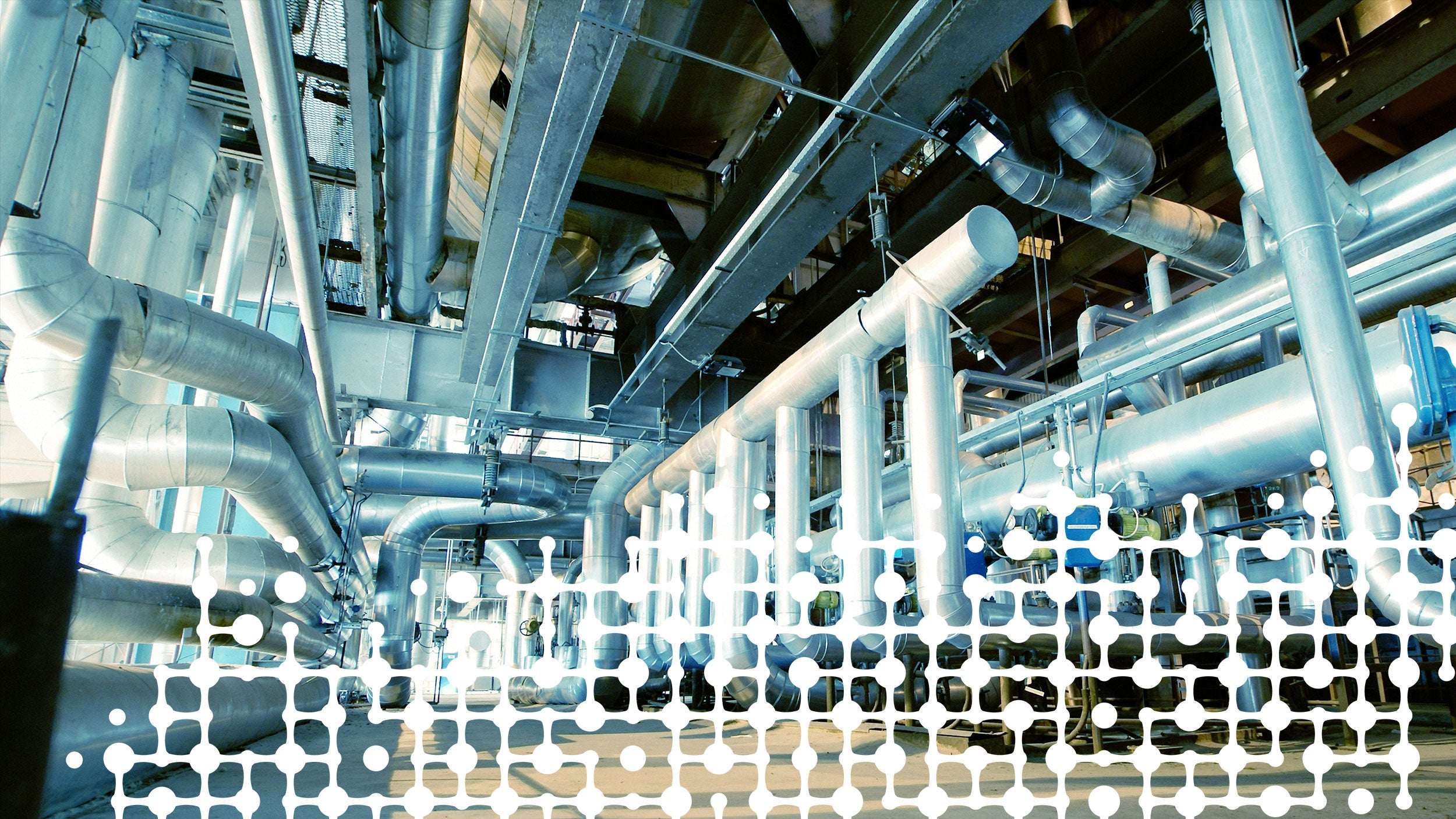 Search
Search
 Search
Search

As carbon capture, utilization, and storage becomes a critical part of the decarbonization strategy, lessons learned from EOR can help provide a path forward
Since the mid-1970s, the oil and gas industry has used CO2 for enhanced oil recovery (EOR) in mature reservoirs. Now, as carbon capture, utilization, and storage (CCUS) becomes a critical part of the industry's decarbonization strategy, lessons learned from EOR can help provide a path forward.
For more than four decades, Halliburton has used CO2 in places like the Permian Basin in Texas to help its customers maximize reservoir output. In the past, engineers have used this technique to pipe naturally occurring CO2 underground to oil fields.
In his main stage session at the Carbon Capture & Hydrogen Technology Expo, Steven Knabe, global director of Evaluation and Production for Halliburton Consulting explained the relationship between EOR and CCUS.
Expanded commercial use of CO2 for EOR in many oil-producing regions can help provide incentives to capture CO2.
“Moreover, using CO2 for EOR results in a high percentage of the CO2 remaining in the oil reservoir, effectively sequestering it over time. Once EOR is no longer economical in a field, the CO2 can be either used for other commercial purposes or sequestered permanently in the geological formation,” said Knabe.
The presentation focused on how companies can start the process of pilot-testing EOR using CO2 in oil fields, and demonstrated the profitable expansion of these projects, which in turn promotes increased CO2 capture from industrial sources.
Most of the drilling and cementing in the Permian Basin began in the 1950s, before CO2 injection was employed for EOR. CO2 is miscible with light oils at relatively low pressures, which means that even shallow reservoirs may be candidates for EOR. Two techniques are often used:
Due to EOR, operators commonly inject CO2 in depleted shale reservoirs. CO2 adheres to shale and displaces methane. When shale fields reach their life's end, operators have the ability to utilize CO2 for the extraction of any methane left.
Once shale fields are depleted of oil and/or gas and the commercial efficacy of EOR is exhausted, operators can shift the empty reservoirs to repositories for permanent CO2 sequestration. Halliburton has pioneered technology to help enable more effective sequestration:
Reservoir simulation holds critical importance before the initiation of a project, be it EOR or CCUS. This simulation allows for the examination of potential effects on rock-fluid interactions, types of chemicals, and changes in permeability due to impurities in the CO2.
The ability to increase oil production profitably and effectively through EOR builds the foundation for CO2 sequestration. As mature fields near the end of their productive lives, CO2 injection can help maximize asset value and support decarbonization strategies.
To learn more about how Halliburton can assist with CCUS projects, visit www.halliburton.com/ccus.
